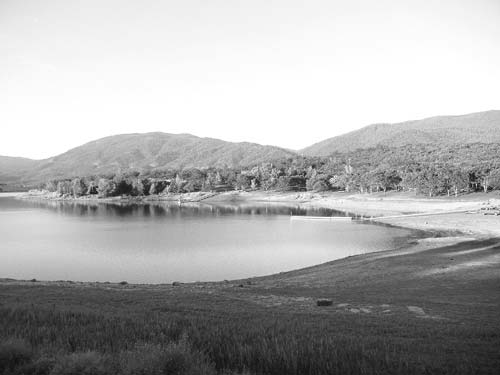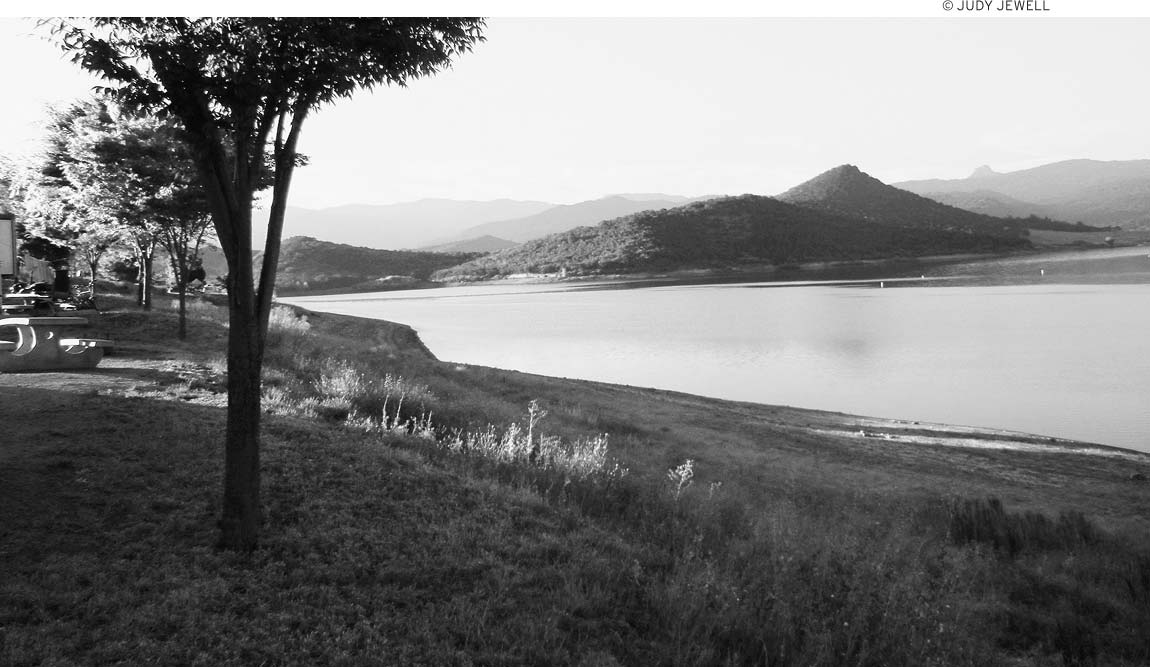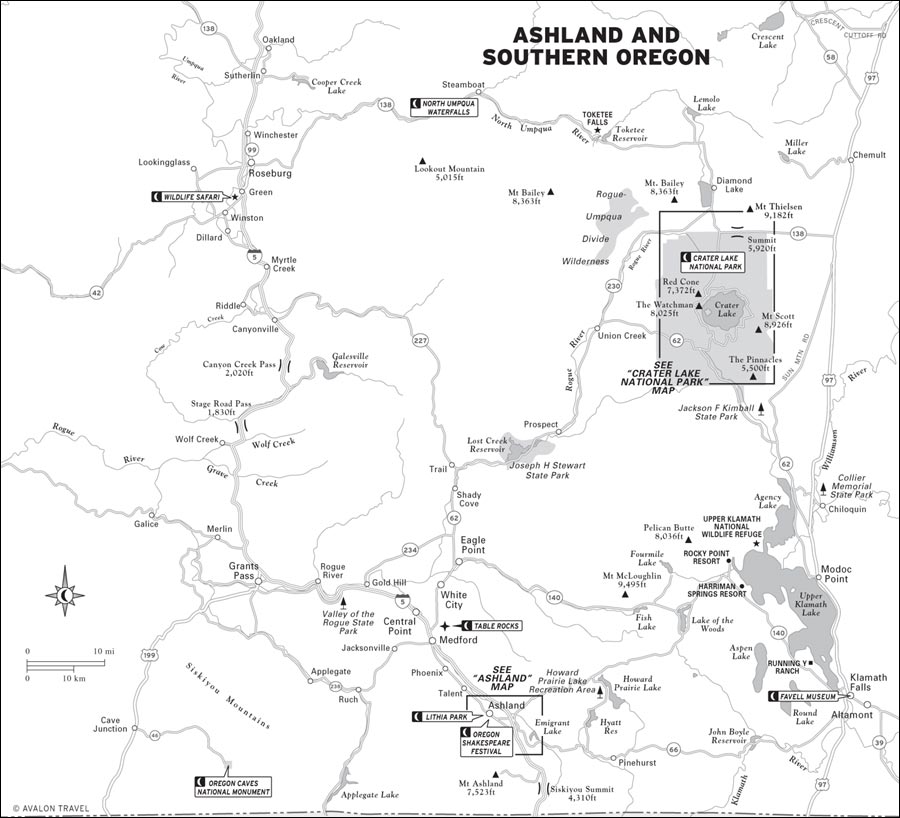 SPOTLIGHT
SPOTLIGHT
ASHLAND & SOUTHERN OREGON
JUDY JEWELL & W. C. McRAE
When Oregonians talk about southern Oregon, they usually mean the southwestern corner of the state, including the upper valleys of the Umpqua and Rogue Rivers, the spine of the southern Cascade Mountains, and east to Klamath Falls. The outstanding features of this region include world-class culture-fests at Ashland and Jacksonville, the biggest chunk of remaining wilderness on the Pacific coast, and more summer sun and heat than you expect to find in Oregon.
It also includes Crater Lake National Park, Oregons only national park, one of the most spectacular natural wonders in the United States. Driving up the desert slopes to the rim and then glimpsing the lakes startlingly blue water ringed by rock cliffs for the first time is a magnificent experience. On repeat visits, youll want to explore some of the remoter areas of the park, perhaps the strange obelisk-like hoodoos in the southeastern part of the park, or the Boundary Springs, where some of Crater Lakes water percolates out from the edge of the caldera to form the headwaters of the Rogue River.
And speaking of rivers, the Rogue and the Umpqua are dramatically beautiful, with abundant waterfalls, hair-raising rapids for rafters, and the best fishing in the state.
If you think of Oregon as a bastion of progressive politics, then some aspects of southern Oregon may surprise you. From back-to-the-land idealists to hard-core survivalists, southern Oregon attracts settlers of all stripes. Added to this eclectic mix are more than 100 high-tech companies (the Silicon Orchard), white-water rafters, anglers, and theater lovers who flock to the Oregon Shakespeare Festival in Ashland and the Peter Britt Music Festival in Jacksonville. Its an unlikely blend of populations, but confounding expectations is just part of the mix in southern Oregon.
M Lithia Park: Trails at this lovely park lead from the formal gardens through an arboretum to wild woodlands ().
M Oregon Shakespeare Festival: Take in a show at one of the worlds great theater festivals ().
M Table Rocks: These mesas contain the most interesting and easily accessible hiking destination along the I-5 corridor ().
M Oregon Caves National Monument: Here youll find stalactites and stalagmites deep inside a mountain, plus the unexpected pleasure of a classic mountain lodge ().
M Wildlife Safari: Oregons only drive-through zoo features 600 animals from around the world, including lions, giraffes, and hippopotamuses ().
M North Umpqua Waterfalls: The drive from Roseburg to Toketee Falls along the North Umpqua is dotted with stunning waterfalls ().
M Crater Lake National Park: At the nations deepest lake, caused by a catastrophic volcanic eruption 6,600 years ago, you wont believe the color of the water ().
M Favell Museum: Admire the collection of Native American artifacts and the gallery of Western art at this fine Klamath Falls museum ().
LOOK FOR M TO FIND RECOMMENDED SIGHTS, ACTIVITIES, DINING, AND LODGING.
PLANNING YOUR TIME
Ashland and the Oregon Shakespeare Festival are undeniably the largest tourist draw in southern Oregon, although to make the most of this world-class theater festival youll need to make plans and reserve seats and lodgings well in advance. If youve waited until the last minute and cant get play tickets, you can sign up for a backstage tour of the festival, watch the free Green Show, and enjoy some of Ashlands fine restaurantsbut even for these youll need to have reservations if you want to eat early in the evening. Once the theater hordes leave the restaurants around 7:30pm, however, you can have your pick of the tables in Ashlands dining establishments.
Increasingly, southern Oregon is becoming a major center for wine production, and its easy to add a bit of wine-tasting to your theater itinerary. Weve included some of our favorite wineries, and for a full listing of area wineries, go to the Southern Oregon Wineries Association website (www.sorwa.org), where you can download a brochure and map.
Southern Oregons other top destination is Crater Lake National Park. Even though a visit to the park itselfwhich for most travelers involves driving the loop route around the rim of the calderacan be hectic due to excessive traffic, the approaches to the park along the Rogue or Umpqua river valleys offer excellent opportunities for less-thronged outdoor recreation.
The larger cities of southern OregonMedford, Grants Pass, and Roseburgare mostly utilitarian with little to delay or seduce the traveler. If you were planning to camp during your Oregon visit, this might be the best place to do so.
Few towns are as closely identified with theater as Ashland (pop. 21,000). Tickets to the renowned Oregon Shakespeare Festival are the coin of the realm here, with contemporary classics and off-off-Broadway shows joining productions by the Bard. You can immediately sense that this is not just another timber town by the Tudor-style McDonalds, vintage Victorian houses, and high-end clothing stores on Main Street.
Blessed with a bucolic setting between the Siskiyous and the Cascades, Ashland embodies the spirit of the chautauqua movement of a century ago, which dedicated itself to bringing culture to the rural hinterlands. Until the 1930s, however, entertainment in these parts mostly consisted of traveling vaudeville shows that visited the Ashland-Jacksonville area to cheer up the residents of a gold rush community in decline.
Southern Oregon University, at the time named Ashland College, established the Shakespeare Festival in 1935 under the direction of Professor Angus Bowmer. Such noted thespians as George Peppard, Stacy Keach, and William Hurt graced Ashlands stages early in their careers, and the festival has garnered its share of Tony Awards and other accolades. Today, the Oregon Shakespeare Festival is the largest classic repertory theater in the country and enjoys the largest audience of any kind of theater in the United States. Annual attendance generally exceeds 400,000.
Ashlands tourist economy is also sustained by its auspicious location roughly equidistant to Portland and San Francisco. Closer to home, day trips to Crater Lake, Rogue River country, and the southern Oregon coast have joined the tradition of stay four days, see four plays as a major part of Ashlands appeal.
SIGHTS
M Lithia Park
Ashlands centerpiece is 100-acre Lithia Park (340 S. Pioneer St.). Recognized as a National Historic Site, the park was designed by John McLaren, landscape architect of San Franciscos Golden Gate Park. It is set along Ashland Creek where the Takelma people camped and where Ashland, Ohio, immigrants built the regions first flour mill in 1854.
Next page

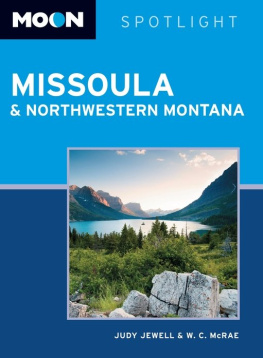
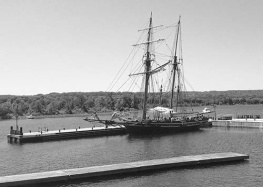
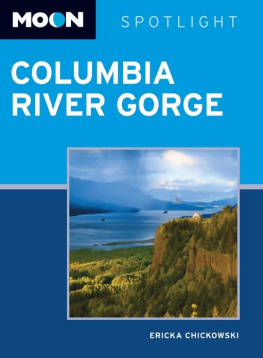
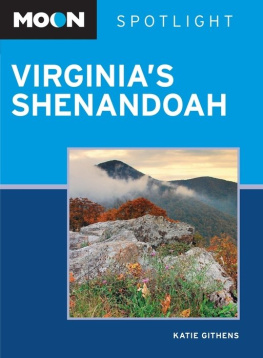
 SPOTLIGHT
SPOTLIGHT